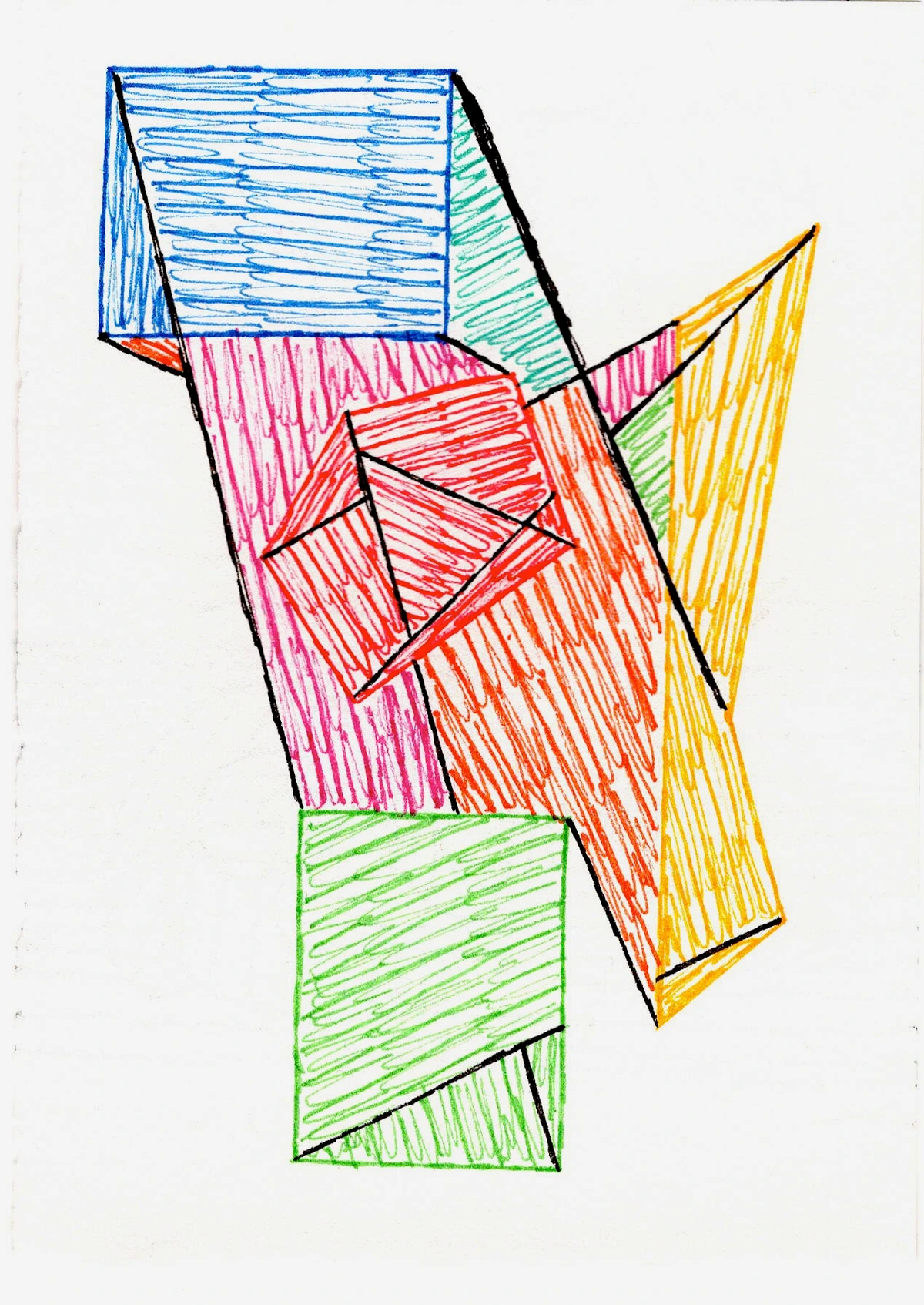
Canvas Showdown: Linen vs. Cotton for Artists - My Unfiltered Take
Ever wondered whether to pick linen or cotton for your next masterpiece? Join me as I dive deep into the canvas debate, sharing personal experiences, pros, cons, and helping you decide what's best for your unique artistic journey.
Canvas Showdown: Linen vs. Cotton for Artists - My Unfiltered Take
Alright, let's talk canvas, shall we? This is one of those foundational decisions that can feel a bit overwhelming when you're standing in the art store, staring at two seemingly similar rolls of fabric, each with a wildly different price tag. Linen? Cotton? Does it really matter? Oh, trust me, it does. Or at least, it can for your art. I remember my early days, grabbing whatever was cheapest, not really thinking beyond 'it holds paint.' But over the years, after countless paintings, a few frustrating saggy canvases, and some delightful surprises, I've developed quite a strong opinion – and a personal relationship, if you will – with both linen and cotton. So, pull up a chair, let's get into the nitty-gritty of this canvas showdown.
Cotton Canvas: The Humble Workhorse
Cotton canvas, often known as 'cotton duck,' is probably where most of us start, right? It's affordable, it's everywhere, and frankly, it just works. For a long time, it was my go-to. Easy to stretch, takes gesso beautifully (speaking of which, if you're ever wondering how to apply gesso, I've got a whole spiel on that), and offers a nice, consistent surface. I've churned out so many vibrant abstract pieces on cotton; it’s truly a reliable friend.
But, and there's always a 'but,' isn't there? Cotton has its quirks. It's not as strong as linen, tends to be more absorbent, and is generally more prone to sagging over time, especially with heavier applications of paint or changes in humidity. I've had a few larger pieces where I really laid on the texture, only to find them loosening up a year later. A bit of a heartbreak, I won't lie. It's also more susceptible to environmental factors and can break down faster due to its natural acidity if not properly prepared. So, for quick studies, experiments, or commissions where longevity isn't the absolute top priority (though I always aim for it!), cotton is fantastic. But for those truly archival pieces, my mind starts wandering to its more sophisticated cousin...
Linen Canvas: The Enduring Aristocrat
Ah, linen. Just the word 'linen' feels a bit luxurious, doesn't it? It has this timeless quality, echoing centuries of art history. Think of the Old Masters; many of them worked on linen. And for good reason! This fabric, woven from flax fibers, is incredibly strong and durable. It’s got a natural resistance to oils, meaning less of your precious paint gets absorbed into the fibers, and it's less prone to expansion and contraction with humidity changes. That means less sagging – a huge win for larger, long-term pieces.
I remember the first time I splurged on a really nice Belgian linen canvas. The weave was so tight, so consistent, and it had this subtle springiness to it. It felt different under the brush, almost like it was actively participating in the painting process. For my abstract art, where texture and layering are so crucial, linen provides a phenomenal foundation. It really holds up to aggressive brushstrokes and palette knife work. The downside? Well, its price tag can be a bit of a shocker. It's definitely an investment, which makes me think twice about using it for every experimental piece. But for something I envision lasting generations, something that might end up in a beautiful home or even a museum someday (one can dream, right? Maybe even in my little museum in 's-Hertogenbosch!)...
The Great Canvas Showdown: A Head-to-Head
Feature | Cotton Canvas | Linen Canvas |
|---|---|---|
| Material | Cotton plant fibers (often 'duck canvas') | Flax plant fibers (stronger, longer) |
| Strength | Moderate, can sag over time | Excellent, very durable, resists sagging |
| Durability | Good, but less archival long-term | Superior, highly archival |
| Texture | Varies (smooth to coarse), less consistent | Varies (fine to medium), often more consistent |
| Cost | More affordable, widely available | Significantly more expensive, an investment |
| Stretch | Stretches easily, can overstretch/sag | Less stretch, holds tension better |
| Absorbency | More absorbent, may require more gesso | Less absorbent, conserves paint |
| Best For | Student work, studies, quick projects, less demanding styles | Professional work, archival pieces, large formats, heavy paint application, detailed work |

Making Your Choice: It's All About You (and Your Art)
So, after all that, what's the verdict? The honest truth is, there's no single 'best.' It truly boils down to your personal needs, your budget, and the specific piece you're creating. If you're experimenting, trying out new paint types, or just trying to get ideas out, cotton is a fantastic, no-pressure option. It allows you to focus on the creative act without worrying about the cost of the substrate.
But if you're embarking on a significant piece, something you pour your soul into, and you want it to endure, linen is absolutely worth the investment. It’s about respect for the longevity of your work. As my own artistic journey has progressed, I find myself gravitating towards linen for the pieces that feel truly monumental or deeply personal. I want those pieces to last, to be passed down, to connect with people decades from now.
I encourage you to try both. Feel the difference. Paint on them. See how they react to your medium and your touch. Sometimes, the right canvas just feels right, almost like it's guiding your hand. And hey, no matter what you choose, the most important thing is to keep creating! If you're looking for finished pieces to inspire you, you can always explore my art for sale.
Frequently Asked Questions (FAQ):
Q: Can I use oil paint on cotton canvas? A: Absolutely! Cotton canvas is a perfectly viable surface for oil painting, provided it's properly primed with several coats of gesso to protect the fibers from the oil. The key is good preparation.
Q: Is linen canvas worth the extra cost? A: For professional artists, large-scale works, or pieces intended for longevity and archival quality, many artists (myself included) find the investment in linen well worth it due to its superior strength, durability, and resistance to sagging. For studies or quick works, cotton is usually more economical.
Q: How do I know if my canvas is linen or cotton? A: Linen fibers are generally longer and stronger, often resulting in a slightly irregular, 'knotty' texture (though high-quality linen can be very smooth). Cotton tends to have a more uniform, softer texture. The best way to tell is usually indicated on the packaging, but experience will teach you to differentiate by touch and appearance.
Q: What about other supports besides canvas? A: While canvas is popular, artists also use wood panels, paper, and even metal or other rigid surfaces. Each offers unique characteristics and benefits depending on the medium and desired effect. But that's a whole other rabbit hole for another day!







